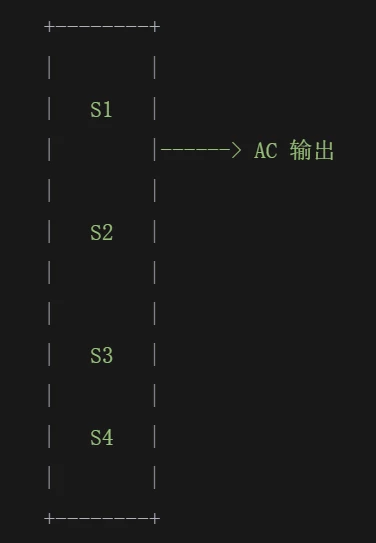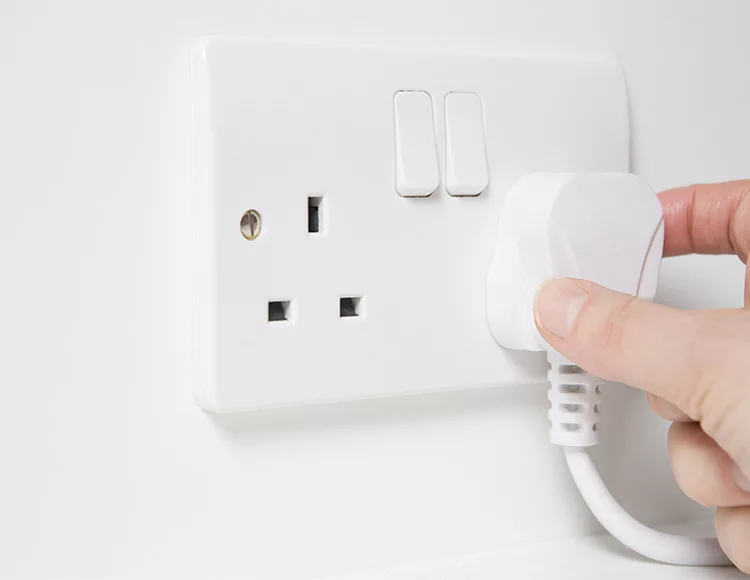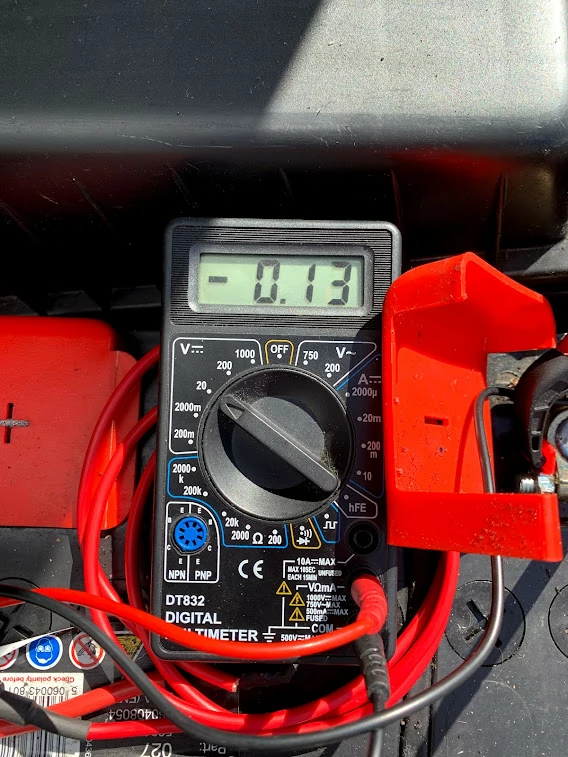The socket terminal of the battery pack The role of...
The bidirectional DC-AC conversion circuit in inverter unit
With the rapid development of renewable energy, inverter technology has become an indispensable part of modern energy systems. In applications such as energy storage systems, photovoltaic power generation, and electric vehicles, two-way DC-AC conversion circuits are increasingly in demand. The circuit can not only convert the DC power supply (DC) to the AC power supply (AC), but also can feed the AC power back to the DC power supply when needed, and has the ability of two-way energy flow. In this paper, the working principle, design architecture and application of bidirectional DC-AC converter circuit in inverter unit are introduced in detail.
the working principle
The core function of bidirectional DC-AC converter circuit is to realize bidirectional conversion between DC and AC. In order to achieve this function, the H-Bridge structure is usually used, which is composed of four switches (usually MOSFETs or IGBTs), and through the control of the switch, the alternating positive and negative output of the DC power supply can be achieved to generate AC signals.
Topology of the H bridge
The basic principle of H-bridge structure is as follows:

S1, S4: Positive half cycle AC current is generated when it is simultaneously switched on.
S2, S3: Generates negative half cycle AC current when it is switched on at the same time.
By turning these switches on and off quickly and alternately, a periodic AC signal can be generated at the output.
Direction of energy flow
Charging mode (DC to AC) : In this mode, a DC power supply (such as a battery or photovoltaic module) outputs alternating current through an inverter to supply the load.
Discharge mode (AC to DC) : When the load needs to return electrical energy or energy storage, alternating current can be converted to direct current and transmitted back to the battery or energy storage device.
the main components
Switching devices: Efficient switching devices such as MOSFETs or IGBTs are the key to achieving high frequency switching and low power consumption.
Control circuit: includes a pulse width modulation (PWM) module to control the switching device on and off.
Filter: The output usually needs to be fitted with a filter to reduce harmonics and voltage fluctuations to ensure that the output AC quality meets the requirements.
the control strategy
In order to realize efficient and stable power conversion, bidirectional DC-AC converter circuit needs precise control strategy. Common control strategies include:
Pulse width modulation (PWM) control
PWM control is the most commonly used control method, which controls the effective value and frequency of the output voltage by adjusting the pulse width. The specific methods are as follows:
Set the desired output AC voltage and compare it with the actual measured voltage.
Adjust the switching time according to the error, so as to adjust the output AC amplitude.
Feedback control
The voltage and current sensors monitor the output AC electrical signals in real time, and the feedback signals are fed back to the controller to achieve more accurate control. Feedback control can improve the dynamic response ability and steady state performance of the system, and reduce the distortion of the output waveform.
the application
Bidirectional DC-AC converter circuits are used in a wide range of applications, including but not limited to:
Photovoltaic power generation system:In photovoltaic power generation systems, two-way inverters can convert direct current generated by photovoltaic modules into alternating current, which is supplied to the grid or household load. At the same time, when the light is insufficient, the system can also return the AC power of the grid to the photovoltaic module to charge the battery.
Energy storage system:In energy storage systems, bidirectional converters can be used to convert stored energy into alternating current for use, while also being able to store excess AC energy from the load back into the battery.
Electric vehicles:The bidirectional DC-AC inverter in an electric vehicle enables the motor to operate in AC form, while the surplus power can be fed back to the battery during charging.
Summary
As an important part of inverter unit, bidirectional DC-AC conversion circuit plays an increasingly important role in modern power system. Through the H-bridge structure and effective control strategy, the circuit can achieve efficient and stable energy conversion, which not only helps to improve the utilization rate of renewable energy, but also provides convenience for electric vehicles, energy storage systems, etc. With the continuous development of technology, the bidirectional DC-AC conversion circuit will show its potential in more fields and promote the process of energy change.

Home energy storage product series
A lithium battery pack for home energy storage systems, which is compatible with solar panels and the sun The inverter can work together with the power grid to power household appliances, and it can also be used as a For off grid systems.
Extended reading
How to test the voltage drop of a single battery
How to test the voltage drop of a single battery...
EMS development trend
EMS development trend Technological innovation With the continuous progress of...
THE ESSC Brand promise
Global supply
Our products sell well all over the world, covering many countries and regions, through the global logistics network, to provide customers with convenient purchasing experience.
Rigorous quality
We adhere to the highest quality control standards to ensure every product meets industry regulations and customer expectations, earning trust through consistent excellence.
Excellent service
With a customer-centric approach, we provide prompt responses, professional support, and personalized services, aiming to deliver the best user experience and long-term value.


